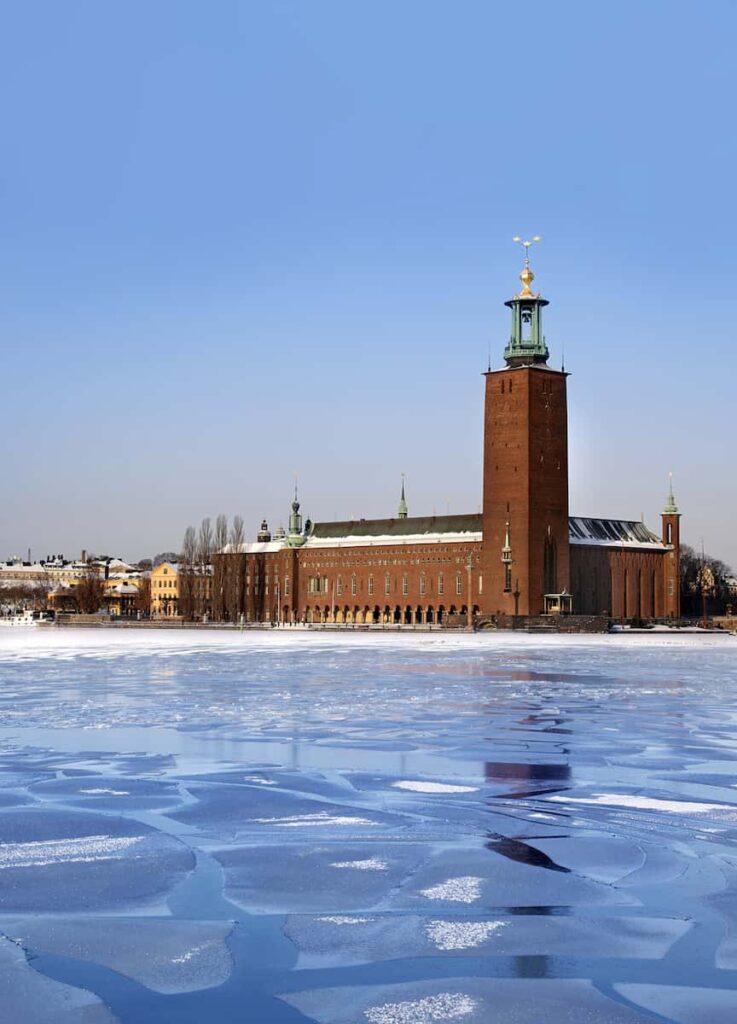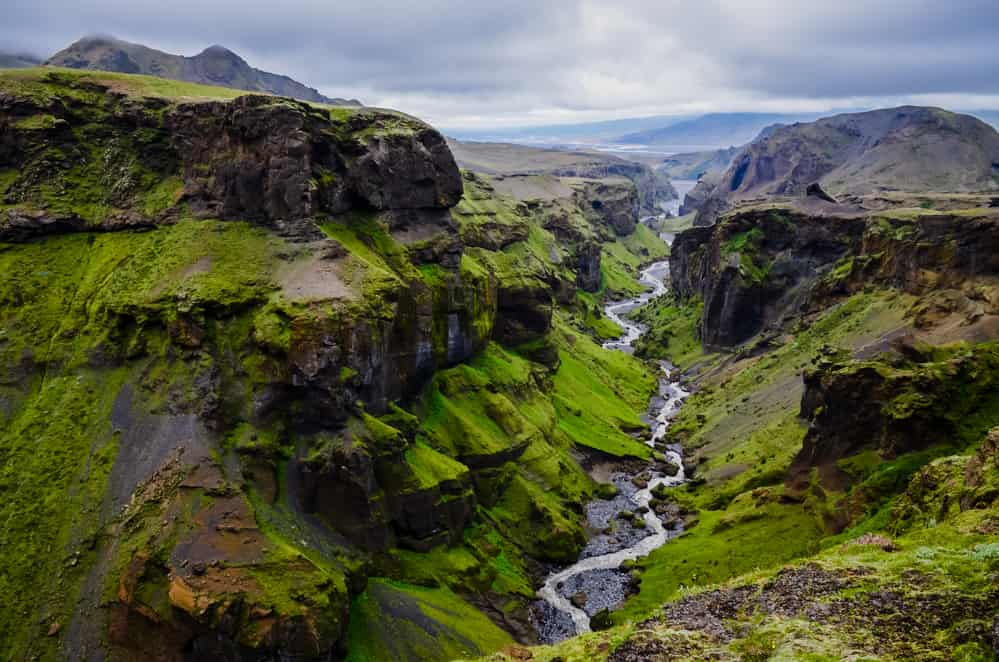From its captivating landscapes, to its rich cultural heritage, to its famous design and cuisine, Scandinavia has something for everyone.
But is Scandinavia a country or not? Is there a shared identity among its inhabitants? What languages do they speak and how do they refer to themselves?
It’s always good to know these things, especially if you plan to visit there and are worried about sticking your foot in your mouth by calling someone the wrong name. Don’t worry though, just take a look below and you’ll be completely up to date with Scandi identity.

Table of Contents
Is Scandinavia a country?
No, Scandinavia isn’t a country. Instead, it’s a region made up of several sovereign nations, each with their own government and laws. Typically, when people use this term, they’re referring to the three countries of Norway, Denmark, and Sweden, but some people also include Finland and Iceland.
This can be a bit of a gray area though, which I’ll get into further below.
But in any case, just because Scandinavia isn’t a country, doesn’t mean it’s not worth talking about. In fact, it’s quite the opposite.
The region is known for its stunning natural landscapes, world-renowned design, and rich cultural heritage. From the fjords of Norway to the famous Danish pastries, there’s something for everyone up here.

One thing that sets Scandinavia apart from other regions is the strong sense of unity and cooperation between the countries. The Nordic Council, for example, is an inter-parliamentary forum that brings together the leaders of Denmark, Finland, Iceland, Norway, and Sweden to discuss and promote cooperation on various issues.
This spirit of cooperation is also reflected in the Nordic model of social welfare, which has been admired and emulated around the world.
So, while Scandinavia may not be a country, it’s certainly not something to be overlooked. Whether you’re a fan of Viking history or just love a good plate of smørrebrød, there’s something for you in this fascinating region.
Related: 19 Most Famous Vikings in History (You Need to Know)
Is Scandinavian a nationality?
There is no official nationality called “Scandinavian.” Each of the countries in the region – Norway, Denmark, Sweden, Finland, and Iceland – have their own distinct nationalities. For example, someone from Norway would be Norwegian, and someone from Denmark would be Danish.
However, just because there is no official “Scandinavian” nationality, it doesn’t mean that the concept of a shared Scandinavian identity doesn’t exist. Many people in the region identify as Scandinavian in some way, whether it be through shared cultural and historical ties, or a sense of belonging to the region as a whole.

This sense of shared identity can be seen in the popularity of “Scandi” things in recent years, which is often used as a shorthand for “Scandinavian.” It’s used to describe everything from fashion and design to food and literature – all of which seem to be taking the world by storm in their respective fields.
But it’s important to remember that while a shared Scandinavian identity may exist, it shouldn’t be used to erase the distinct national identities of each country in the region. Each country has its own unique culture, history, and traditions, and these should be respected and celebrated.
Accordingly, while there is no official “Scandinavian” nationality, many people in the region identify as Scandinavian in some way. It’s a shared sense of identity, which should not erase the distinct national identities of each country in the region.
You may also be interested in: 40+ Most Popular Scandinavian Boy Names (2022 Update)
Which countries are Scandinavian?
The most commonly accepted definition of Scandinavia includes Norway, Denmark, and Sweden. These three countries share a lot of cultural and historical ties, as well as a similar language, which is why they are often grouped together as part of the same region.
Finland and Iceland are sometimes also included in the definition of Scandinavia. Finland is geographically close to the other three countries, and has a lot of cultural similarities as well.

Iceland, on the other hand, is not geographically part of the Scandinavian peninsula, but it is considered a Nordic country and shares many cultural and historical ties with the other Scandinavian countries.
It’s worth noting that the term “Scandinavia” can also be used to refer to the broader Nordic region, which includes not just the five countries mentioned above, but also other territories such as Greenland and the Faroe Islands (which, while part of Denmark, also have a separate status for some aspects).
Related:
What language do Scandinavians speak?
The most common language spoken in Scandinavia is the respective official languages of each country. In Norway, it is Norwegian, in Denmark it is Danish and in Sweden it is Swedish. However, all three languages are very similar and are often collectively referred to as “Scandinavian languages”.
They are all part of the Germanic language family and share many similar words and grammar rules. Many Scandinavians are able to understand and communicate with each other despite speaking different languages.

In Finland, the official language is Finnish and in Iceland, it is Icelandic. These languages aren’t part of the Scandinavian language family, with Finnish being part of the Uralic language family and Icelandic descending from Old Norse, although they do have some similarities with the “main” Scandinavian languages.
(It’s also worth mentioning that all of these countries – except Iceland – have other official languages, although this is sometimes region-specific within each country. For example, in Denmark, Greenlandic and Faroese are also considered official languages used in Greenland and the Faroe Islands respectively.)
What do Scandinavians call themselves?
The people of Norway, Denmark, and Sweden generally refer to themselves as Norwegian, Danish, and Swedish respectively. These are the official nationalities of each country. However, many people in the region also identify as Scandinavian in some way but won’t commonly refer to themselves as such.
That is, it’s very rare for someone from one of these countries to say out loud that they are “Scandinavian”. This is despite the fact that they would recognise some common Scandinavian identity, but it’s simply not something that they would call themselves.
If you want to expand the definition of Scandinavian to include Finland and Iceland, the same remains true. That is, the people of Finland generally refer to themselves as Finns. They have their own distinct culture and identity, separate from the other Scandinavian countries.

However, like the other Scandinavian countries, Finland has a lot of cultural and historical ties with the other countries in the region, and it is often considered part of the broader Nordic region.
Similarly, the people of Iceland generally refer to themselves as Icelanders. Like Finland, Iceland has its own distinct culture and identity. However, it is also considered a Nordic country, and shares many cultural and historical ties with the other countries in the region.
What continent is Scandinavia in?
Scandinavia is located in Northern Europe on the Scandinavian peninsula, which is a part of the larger European continent. Norway, Denmark and Sweden, the three countries that make up the core of Scandinavia, are on the eastern and southern shores of the Baltic Sea and the North Sea.
Finland and Iceland are not located on the Scandinavian peninsula, which is one common reason used for why they shouldn’t be considered as “Scandinavian”.
In any case, they are considered part of the broader Nordic region, and so are also situated in Northern Europe.
